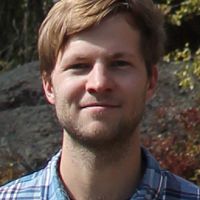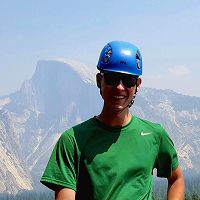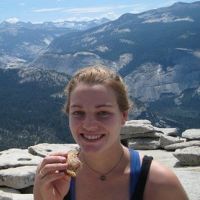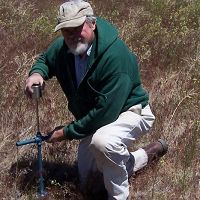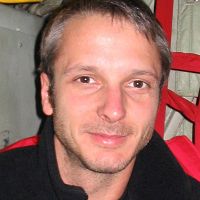Callahan et al., 2019
Arrested development: Erosional equilibrium in the southern Sierra Nevada, California, maintained by feedbacks between channel incision and hillslope sediment production
Callahan, R.P., Ferrier, K.L., Dixon, J., Dosseto, A., Hahm, W.J., Jessup, B.S., Miller, S.N., Hunsaker, C.T., Johnson, D.W., Sklar, L.S., Riebe, C.S. (2019)
GSA Bulletin Cross-CZO
-
Eel, INVESTIGATOR, COLLABORATOR
-
Sierra, GRAD STUDENT
-
Luquillo, Sierra, COLLABORATOR
-
Sierra, GRAD STUDENT
-
Sierra, INVESTIGATOR
-
Sierra, INVESTIGATOR
-
Sierra, INVESTIGATOR
Abstract
Tributary creeks of the southern Sierra Nevada have pronounced knickpoints that separate the landscape into an alternating sequence of gently sloped treads and steeply sloped risers. These knickpoints and the surrounding “stepped topography” suggest that the landscape is still responding to Pleistocene changes in base level on main-stem rivers. We tested this hypothesis using cosmogenic nuclides and uranium isotopes measured in stream sediment from widely distributed locations. Catchment-scale erosion rates from the cosmogenic nuclides suggest that the treads are relict surfaces that have adjusted to a previous base level. Nevertheless, erosion rates of relict interfluves are similar to canyon incision rates, implying that relief is unchanging in the lower Kings and San Joaquin Rivers. In addition, our results suggest that much of the southern Sierra Nevada is in a state of arrested development: the landscape is not fully adjusted to—and moreover is not responding to—changes in base-level lowering in the canyons. We propose that this can be explained by a paucity of coarse sediment supply, which fails to provide sufficient tools for bedrock channel incision at knickpoints. We hypothesize that the lack of coarse sediment in channels is driven by intense weathering of the local granitic bedrock, which reduces the size of sediment supplied from hillslopes to the channels. Our analysis highlights a feedback in which sediment size reduction due to weathering on hillslopes and transport in channels is both a key response to and control of bedrock channel incision and landscape adjustment to base-level change.
Citation
Callahan, R.P., Ferrier, K.L., Dixon, J., Dosseto, A., Hahm, W.J., Jessup, B.S., Miller, S.N., Hunsaker, C.T., Johnson, D.W., Sklar, L.S., Riebe, C.S. (2019): Arrested development: Erosional equilibrium in the southern Sierra Nevada, California, maintained by feedbacks between channel incision and hillslope sediment production. GSA Bulletin. DOI: 10.1130/B35006.1
 This Paper/Book acknowledges NSF CZO grant support.
This Paper/Book acknowledges NSF CZO grant support.
Explore Further
